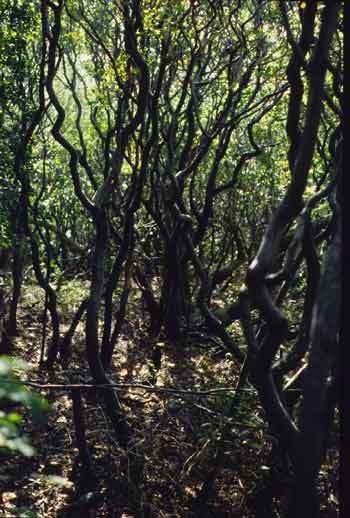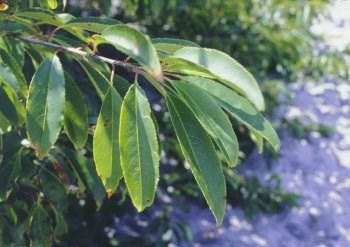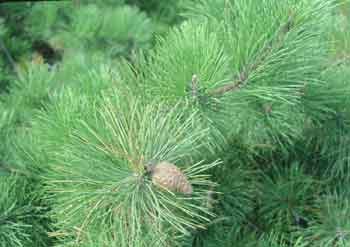


There are a few remaining pitch pines (Pinus rigida) within the Sunken Forest. This is the pine found in the Long Island Pine Barrens and is the only native pine found on Fire Island. Its needles are found in clusters of three, which helps to distinguish it from the non-native Japanese black pine, which has needles in clusters of two. Other trees to look for in the forest include black oak (Quercus velutina) and red cedar (Juniperus virginiana).
|
Last updated: May 17, 2018
